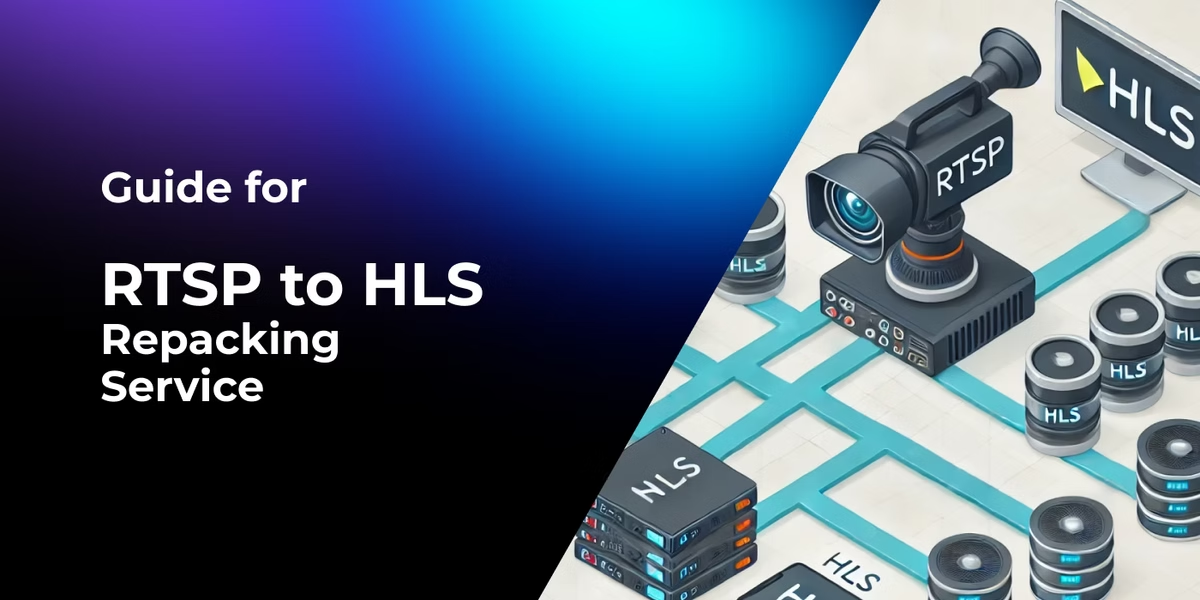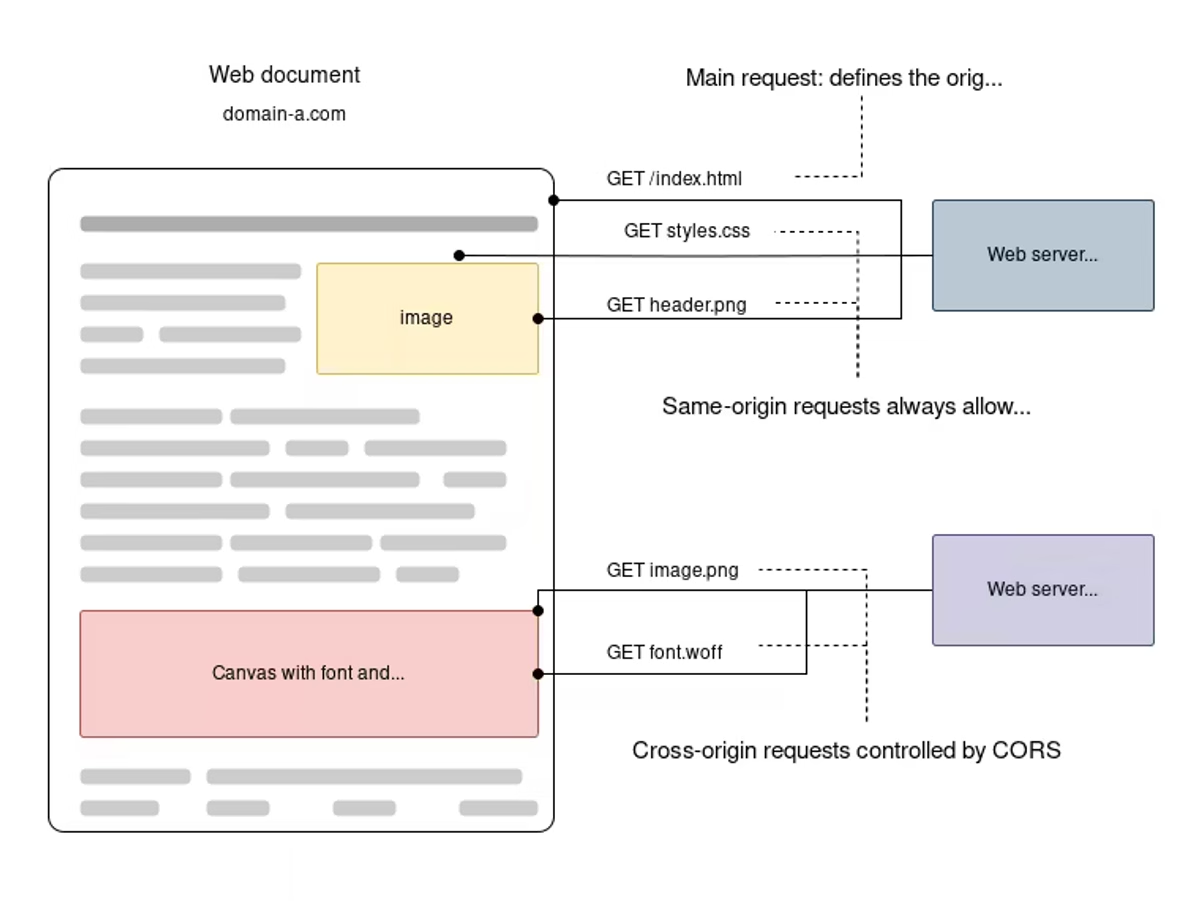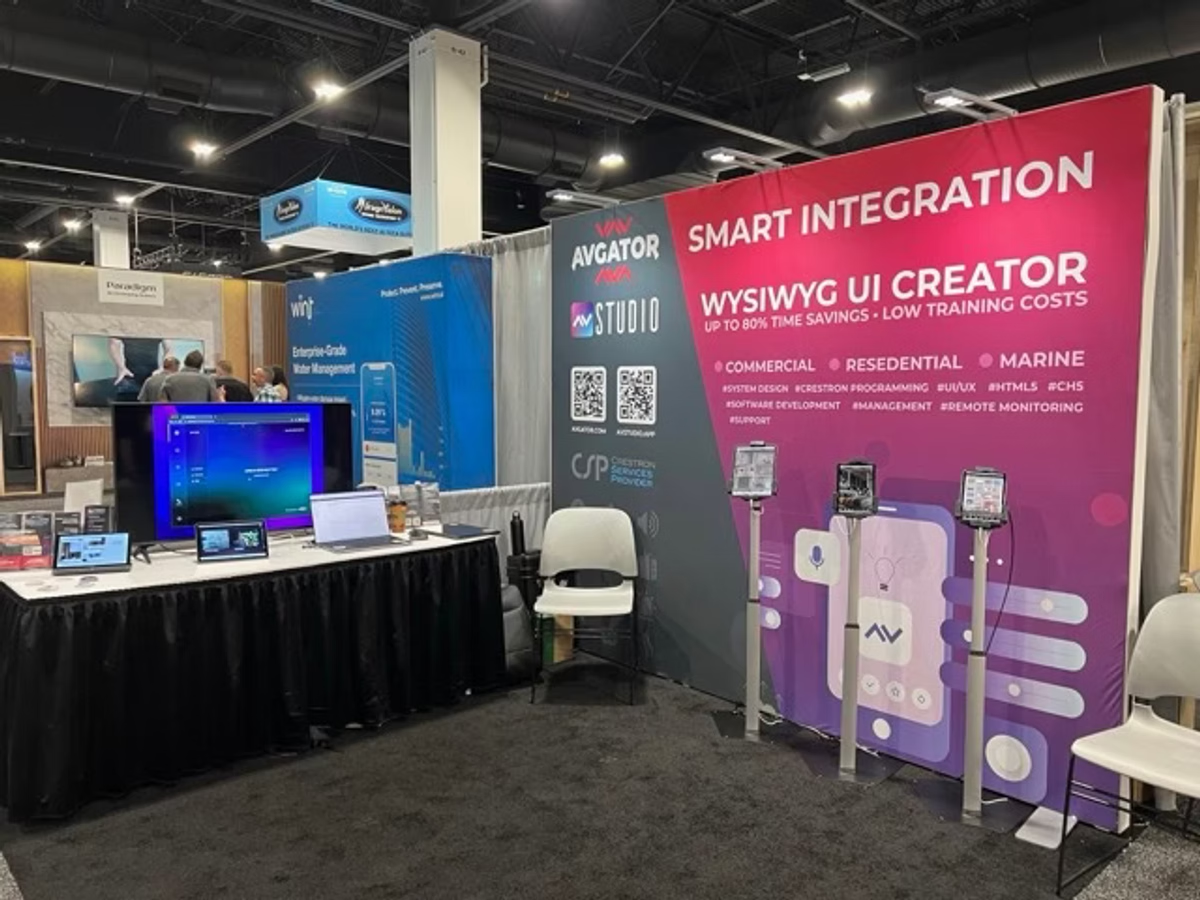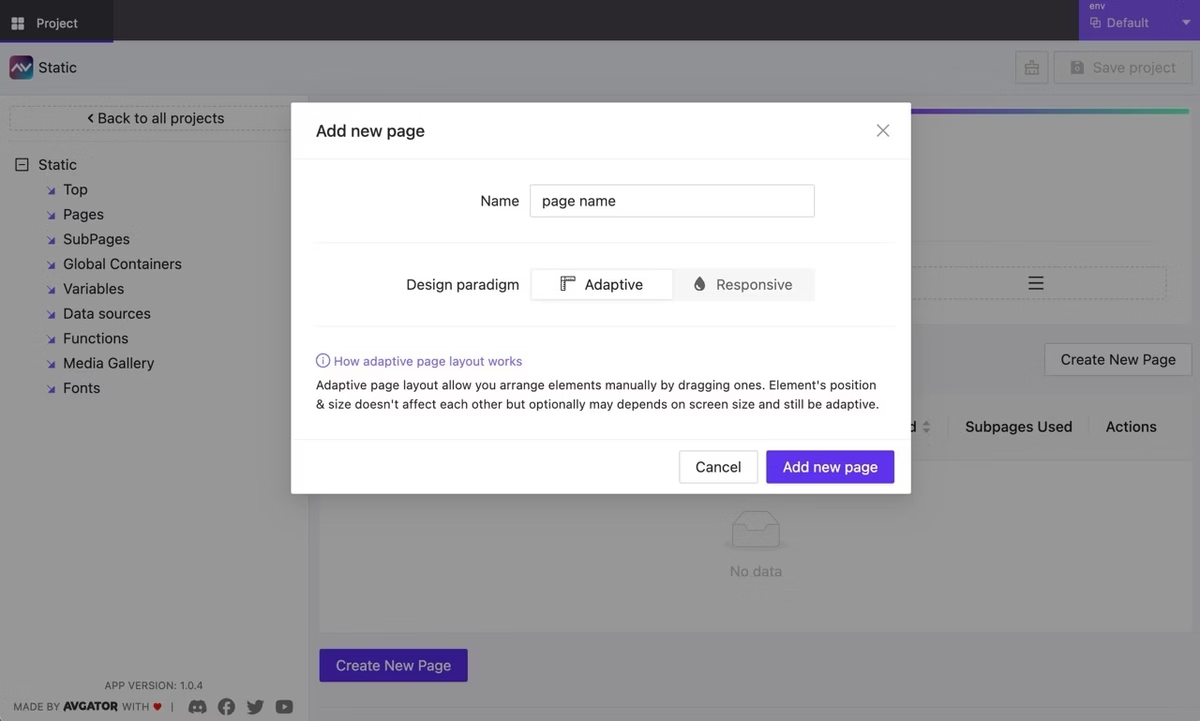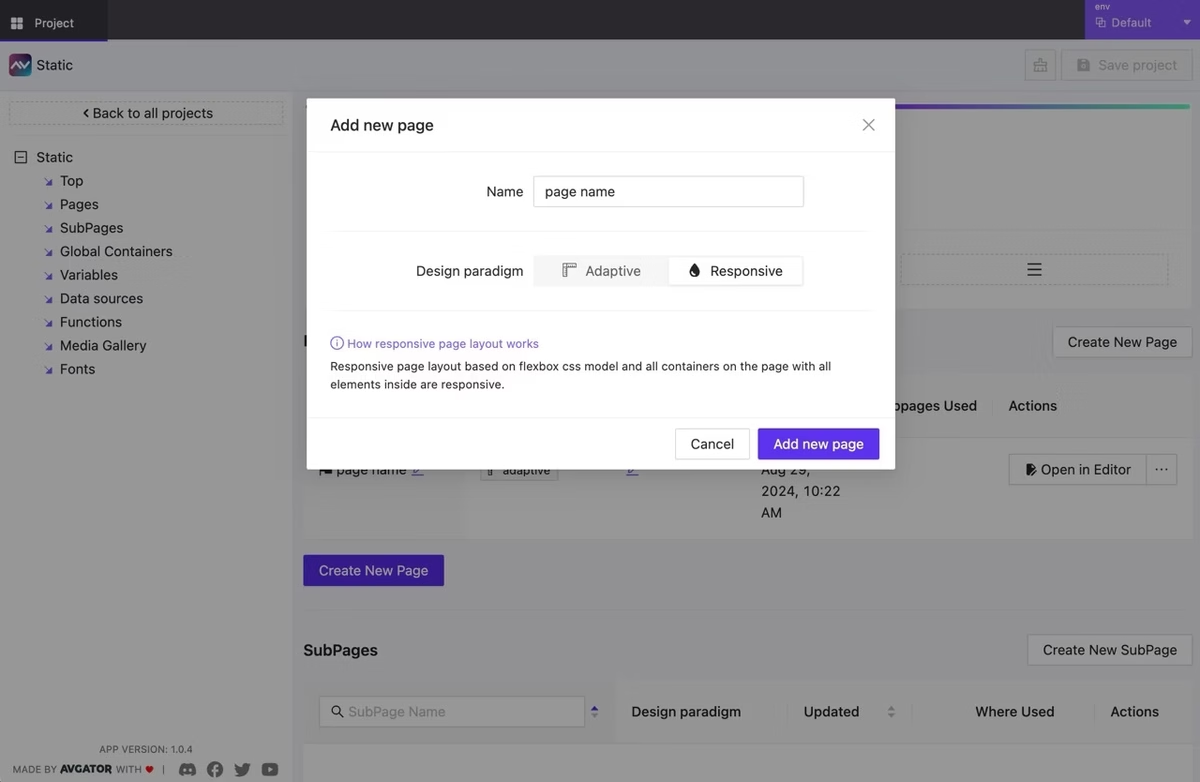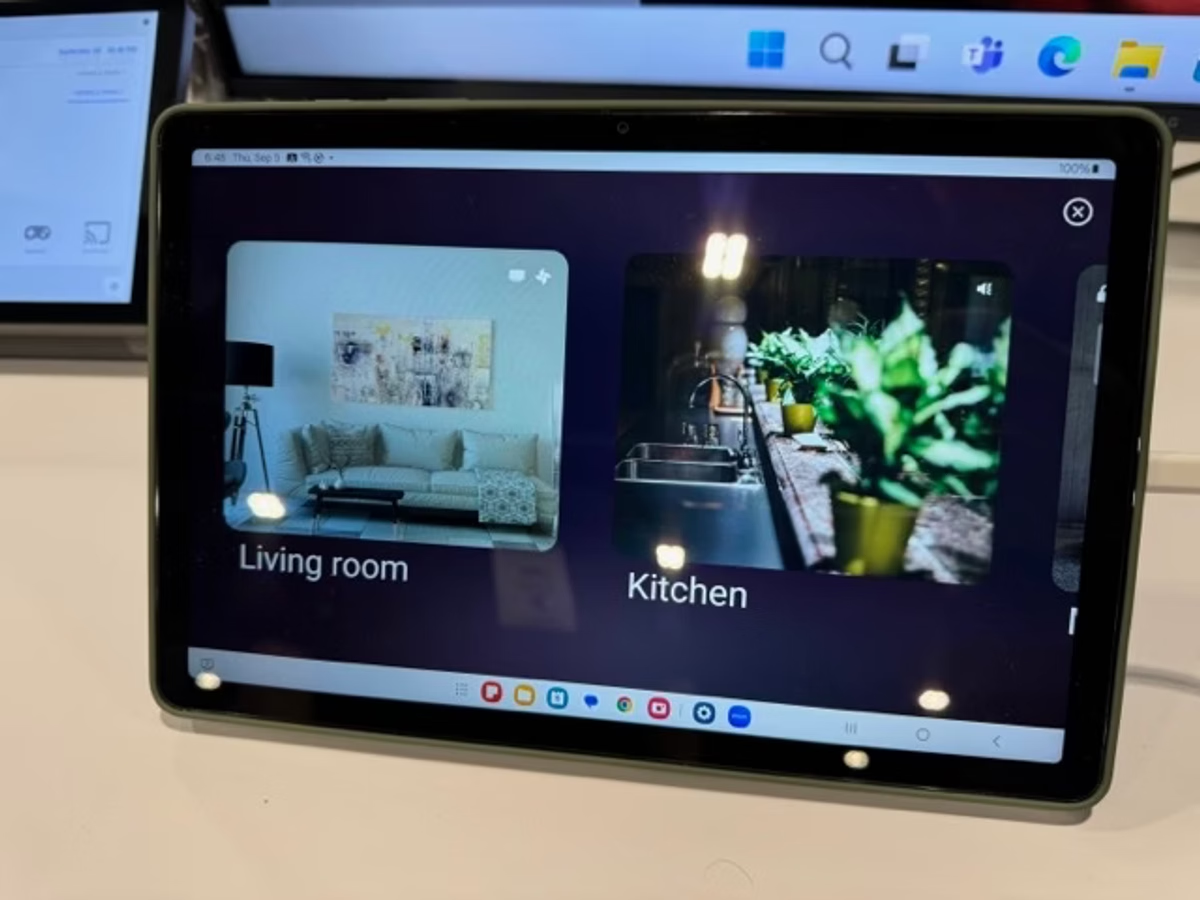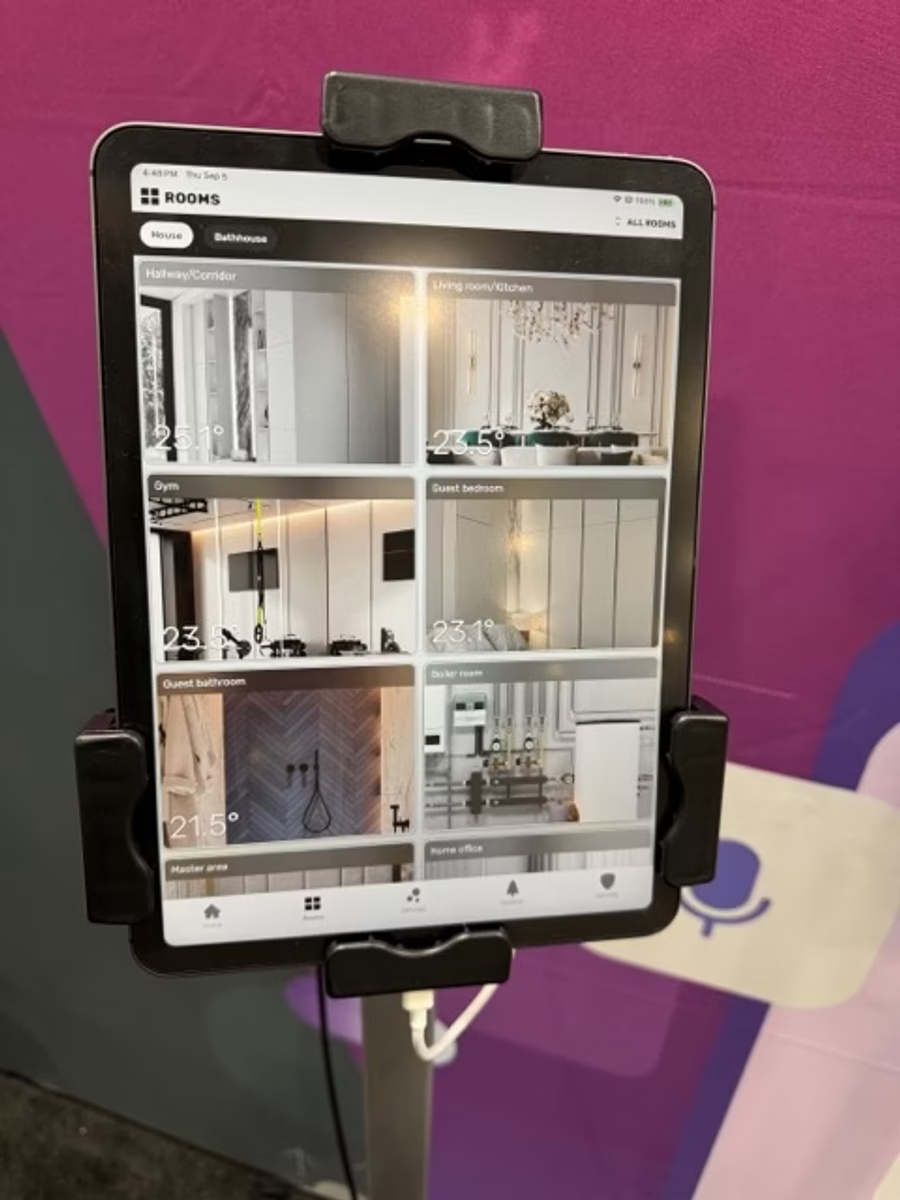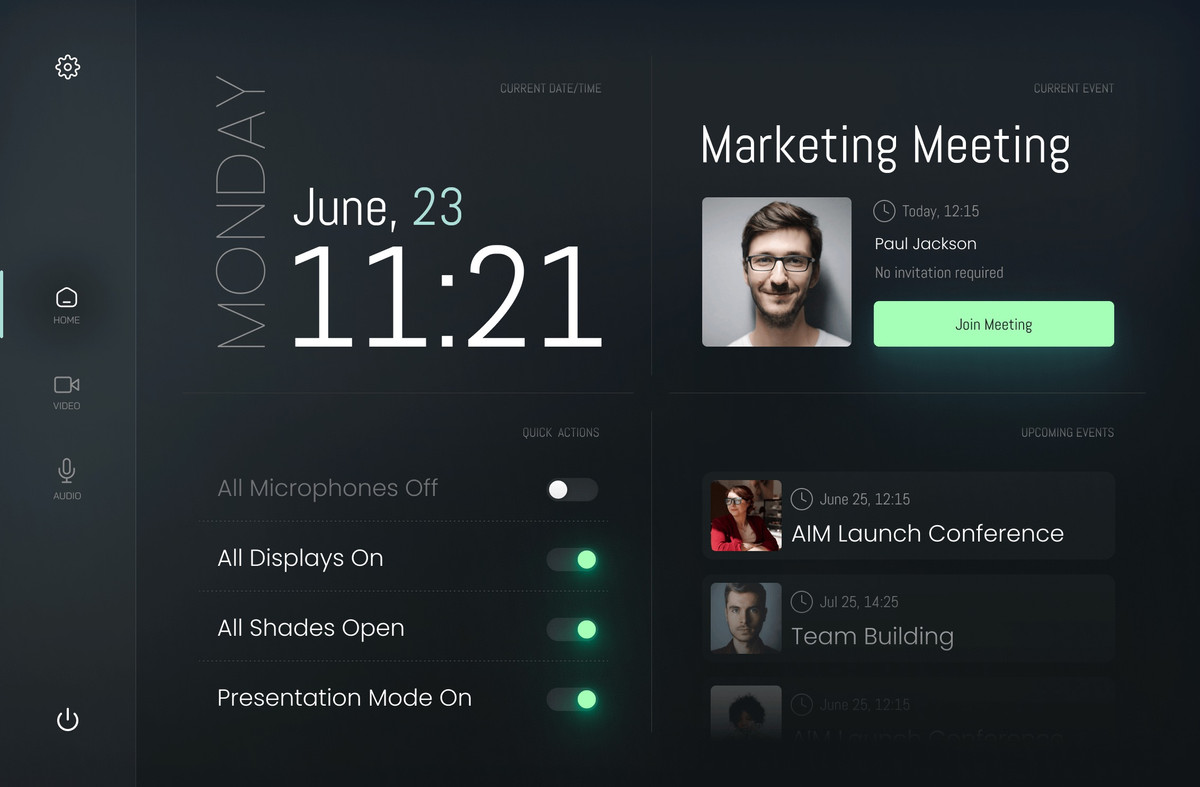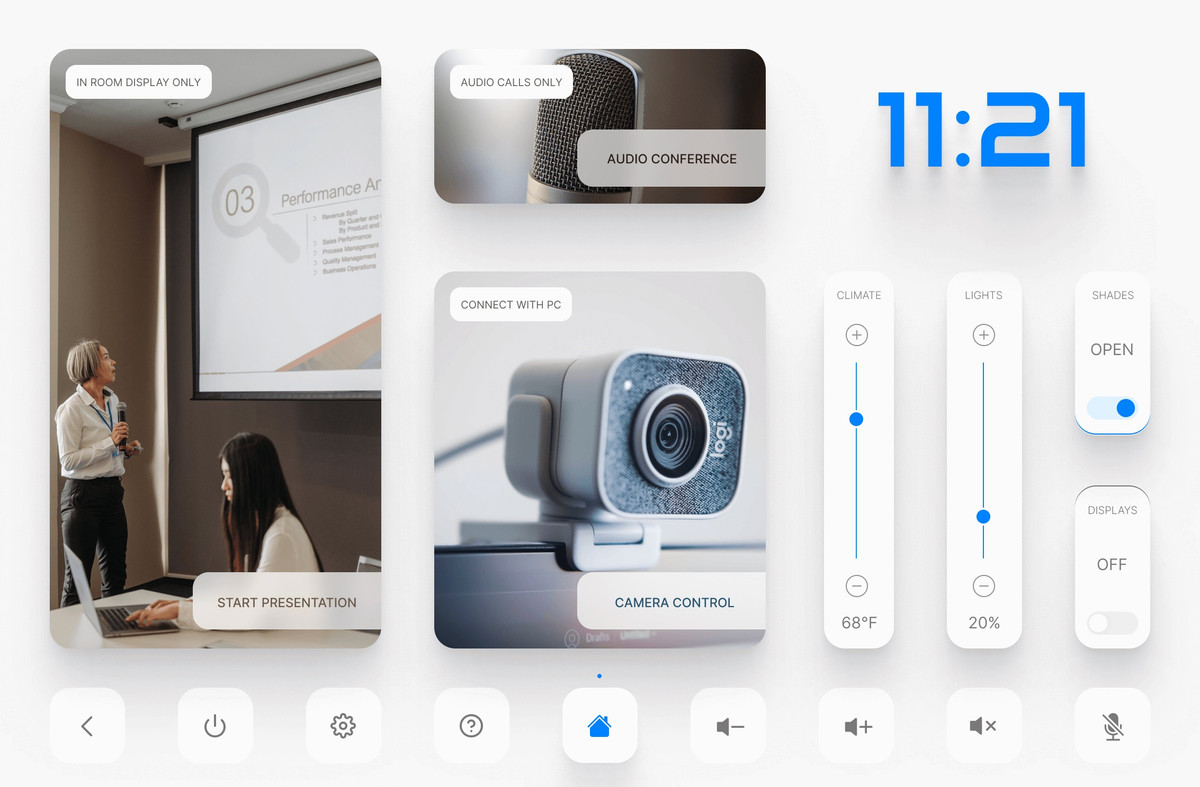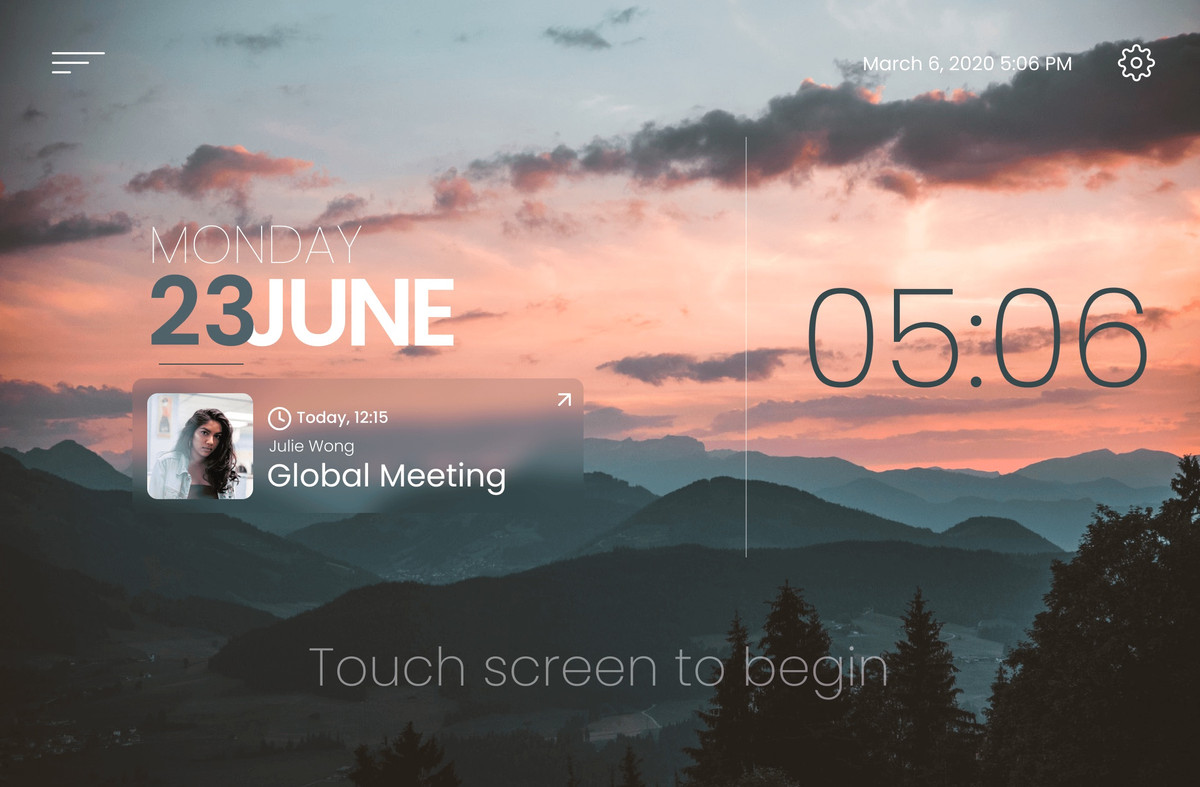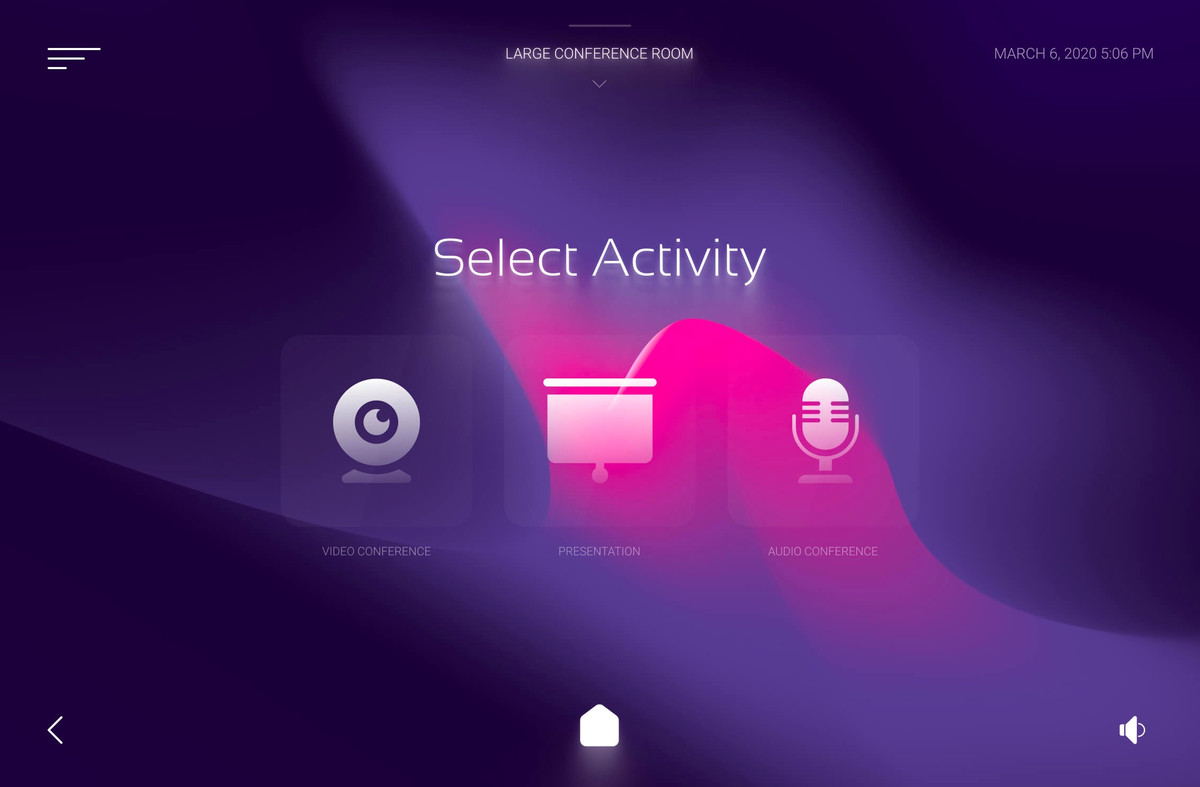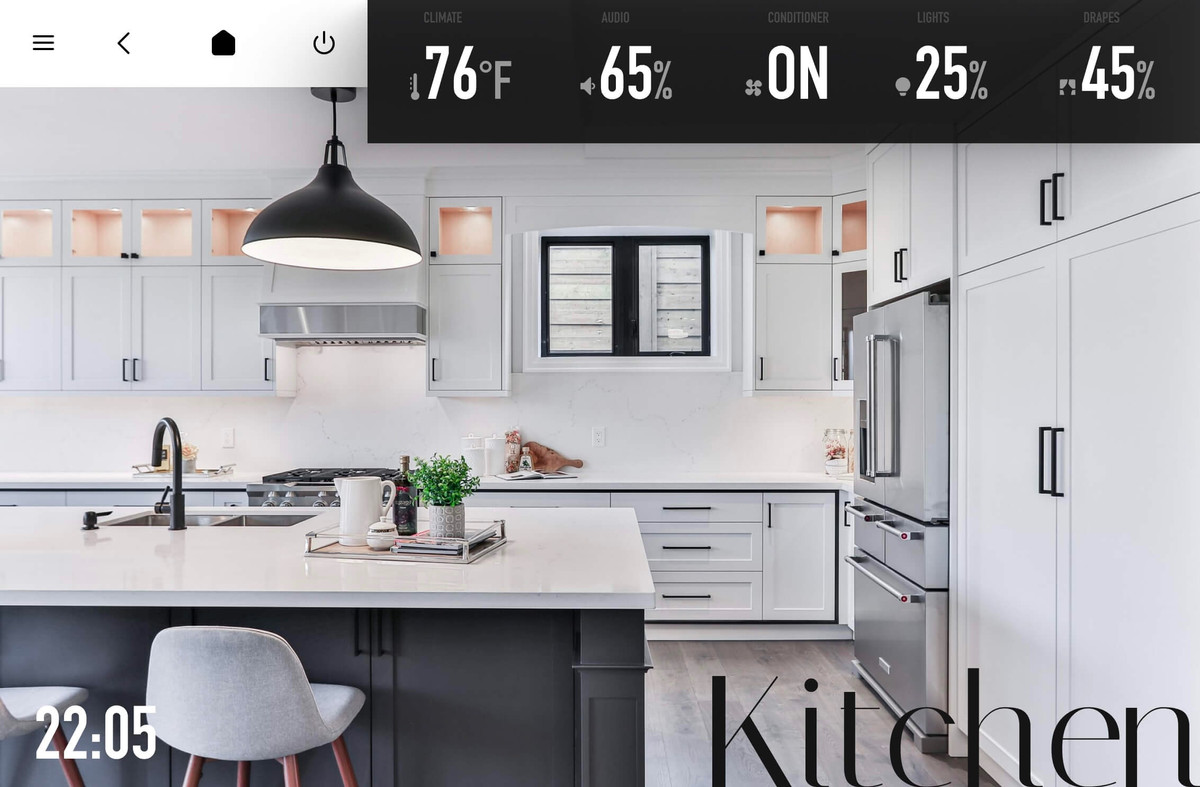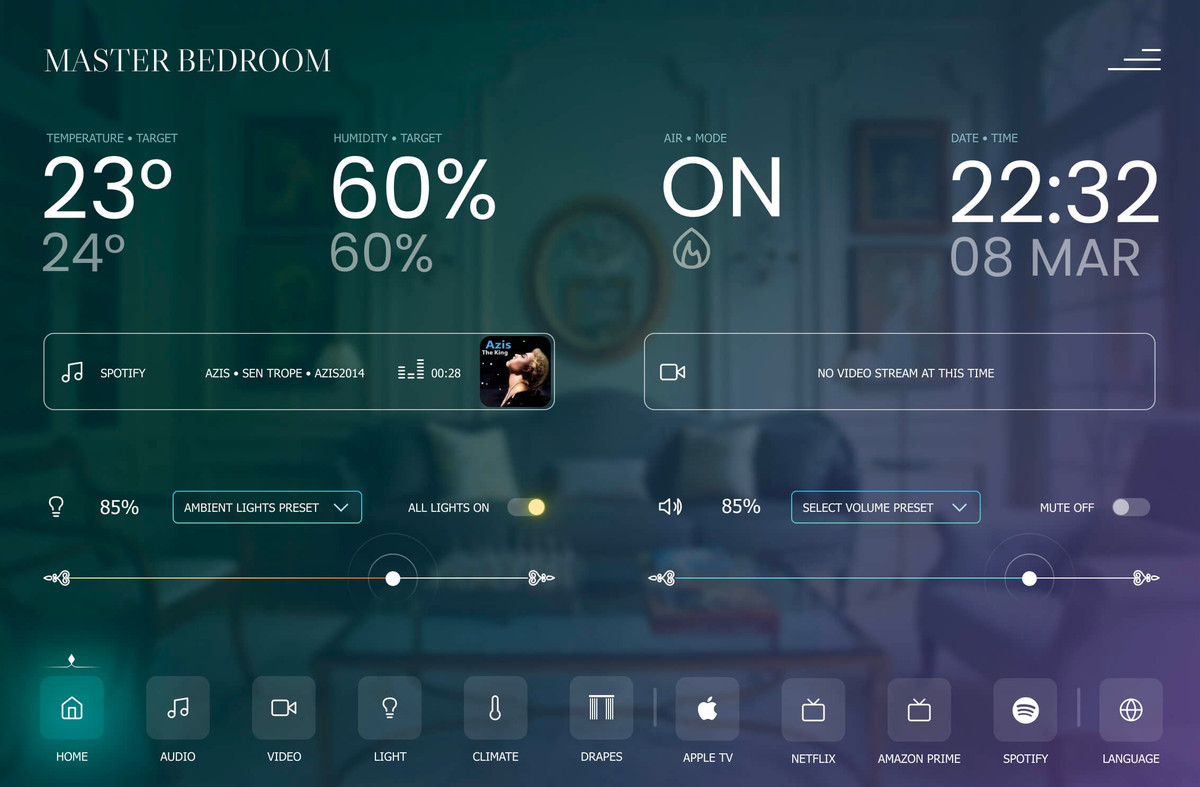In the realm of smart security and audiovisual control, two standout solutions – DoorBird and AVstudio – come together to create a seamless, powerful experience. DoorBird, crafted by Bird Home Automation GmbH, brings cutting-edge IP video intercoms to your doorstep, while AVstudio, developed by AVgator Inc., offers a robust platform to manage it all.
In this blog post, we’ll explore how these two innovations pair up, with insights from our DoorBird Integration Guide, and why this combo is a must-have for homes and businesses alike.
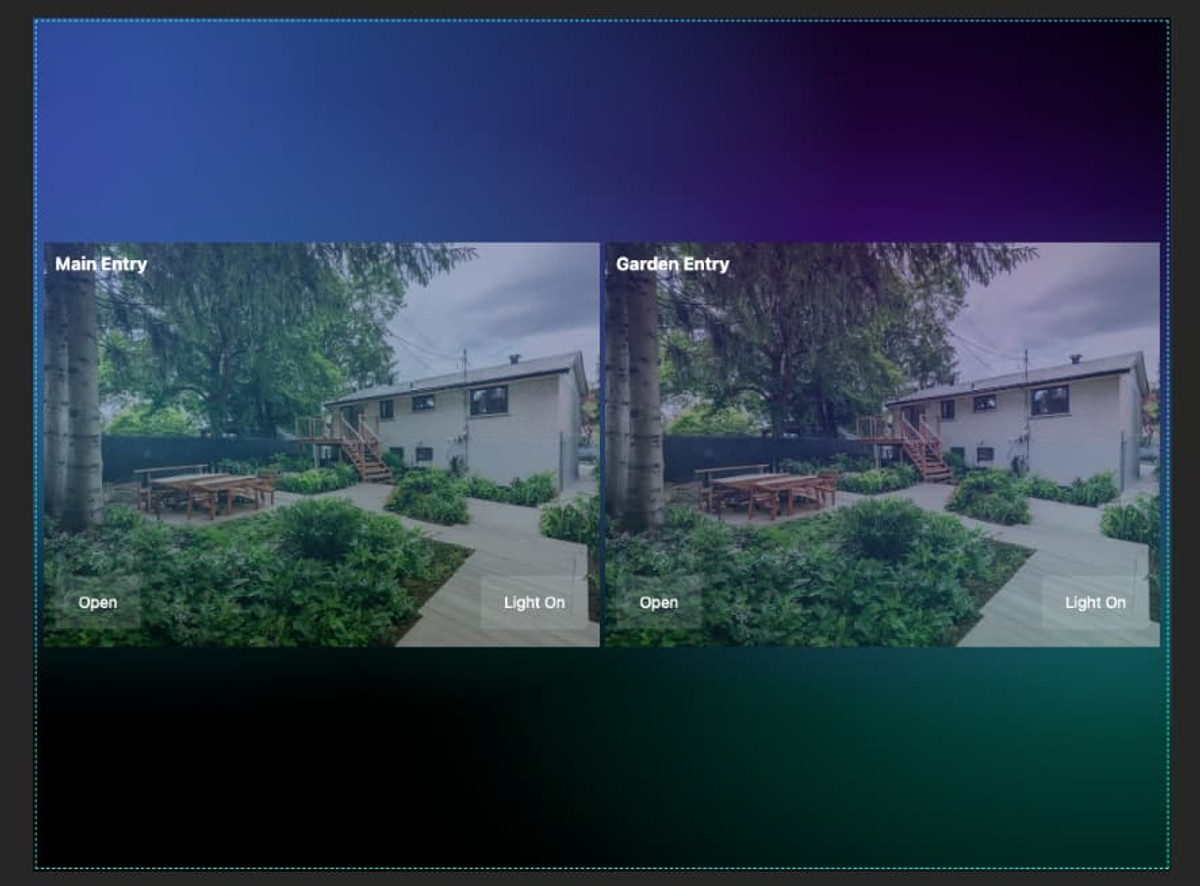
Meet DoorBird: The Intercom Innovator
Hailing from Germany, Bird Home Automation GmbH has redefined door communication with DoorBird. These aren’t your average doorbells – they’re IP video door stations packed with features:
- Crystal-clear video and two-way audio to see and speak with visitors.
- Remote access via the DoorBird app, letting you manage your door from anywhere.
- Smart integrations with platforms like Crestron, Control4, and, of course, AVstudio.
Whether you’re screening deliveries at home or managing access for a multi-tenant building, DoorBird delivers security with style and sophistication.
Enter AVstudio: The Control Mastermind
On the software side, AVgator Inc., a Crestron Service Provider, brings us AVstudio – a game-changing platform for AV and smart system integration. AVstudio (accessible at avstudio.app) empowers users to:
- Design custom interfaces with drag-and-drop ease.
- Control a range of devices – like DoorBird intercoms – from one hub.
- Automate workflows for a smarter, more efficient setup.
Think of AVstudio as the brain that ties your tech together, making it ideal for integrators and end-users who want total control without the complexity.
The Power of Integration
So, what happens when DoorBird and AVstudio join forces? You get a security and control solution that’s greater than the sum of its parts. Our DoorBird Integration Guide walks you through the process, highlighting:
- Simple Setup: Connect your DoorBird device to AVstudio in just a few steps.
- Unified Control: View live feeds, talk to visitors, and unlock doors—all from AVstudio’s interface.
- Tailored Experience: Customize the system for a single home or a sprawling commercial space.
- Reliability: Pair DoorBird’s top-tier hardware with AVstudio’s intuitive software for a setup you can trust.
This integration isn’t just about convenience—it’s about elevating how you interact with your space.
Why It’s a Game-Changer
Imagine this: A visitor rings your DoorBird intercom. You check the video feed on your phone via UI created in AVstudio, confirm it’s your guest, and unlock the door – all without leaving your couch or your office halfway across town.
For businesses, it’s even more powerful: manage multiple entrances, automate access, and keep everything in sync with your AV systems. It’s smart security, simplified.
Get Started Today
Ready to bring this dynamic duo to your doorstep? Dive into the full DoorBird Integration Guide in the AVstudio Knowledge Base. You’ll find everything you need – step-by-step instructions, tips, and best practices – to make the most of DoorBird and AVstudio.
Whether you’re a tech-savvy homeowner or a professional integrator, this integration is your ticket to a smarter, safer environment.
Final Thoughts
Bird Home Automation GmbH and AVgator Inc. have each brought something special to the table with DoorBird and AVstudio. Together, they’re transforming how we secure and manage our spaces.
Visit doorbird.com to explore the hardware, and check out avstudio.app for the software that ties it all together.
Let us know how this integration works for you—we’d love to hear your story!



